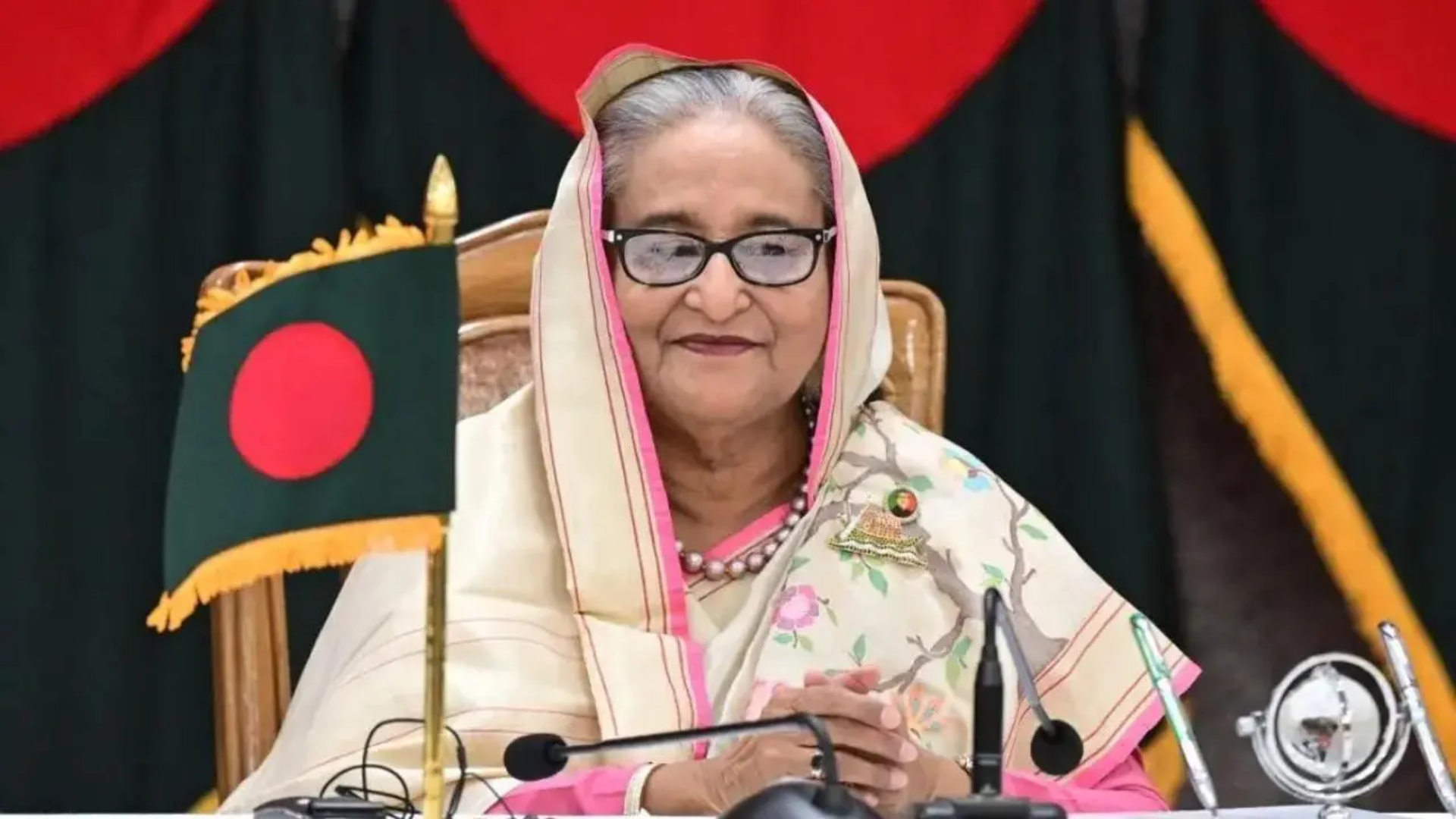On Monday, August 5, the 15-year rule of Bangladeshi Prime Minister Sheikh Hasina came to an abrupt end as she fled the country amid weeks of deadly protests. In a televised address, Army Chief General Waker-Us-Zaman confirmed that the 76-year-old leader had left Bangladesh and that an interim government would be established.
Reports from various media outlets indicated that Sheikh Hasina departed in a military helicopter accompanied by her sister, with their destination speculated to be India. Some reports suggested that Hasina had landed in Agartala, the capital of Tripura, while others claimed she might have headed to New Delhi. These reports, however, remain unverified.
India’s Role in Sheikh Hasina’s Exit
India has long been a crucial ally to Sheikh Hasina, fostering a strong and mutually beneficial relationship with Bangladesh. The two countries share borders with several Indian northeastern states that have faced militant challenges for decades. A cooperative regime in Dhaka has been vital in addressing these security concerns.
During her tenure, Sheikh Hasina took decisive actions against anti-India militant groups operating in Bangladesh, earning significant goodwill in Delhi. Additionally, she granted India transit rights, facilitating the movement of goods between the Indian mainland and its northeastern states. According to the BBC, these measures were pivotal in strengthening bilateral ties.Hasina, who has maintained close relations with India since her first election victory in 1996, consistently defended the strong relationship between Dhaka and Delhi. During a visit to India in 2022, she reminded the people of Bangladesh of India’s crucial support during the 1971 independence war, highlighting the assistance from the Indian government, its people, and its armed forces.
Despite these close ties, Hasina’s relationship with India has faced criticism from opposition parties and activists within Bangladesh. Critics argue that India’s support should be directed towards the people of Bangladesh rather than a specific political party.
Strategic Ties Between India and Bangladesh
Over the past decade, strategic ties between India and Bangladesh have flourished. Bangladesh has been a key beneficiary of India’s “Neighbourhood First” policy, receiving substantial grants and lines of credit aimed at enhancing energy, financial, and physical connectivity.
Notable achievements in the connectivity sector include the inauguration of the Maitri Setu bridge over the Feni River in Tripura and the launch of the Chilahati-Haldibari rail link. Bangladesh stands as India’s largest development partner, with nearly one-fourth of New Delhi’s credit commitments directed towards it. Additionally, Bangladesh is India’s biggest trade partner in South Asia, while India is the second-largest trade partner of Bangladesh in Asia.
India is also the largest export destination for Bangladesh in Asia, with exports valued at $2 billion during the 2022-23 fiscal year.
Also read: Sheikh Hasina Quits As Bangladesh PM, Flees To Agartala, India Amid Unrest In The Nation






















